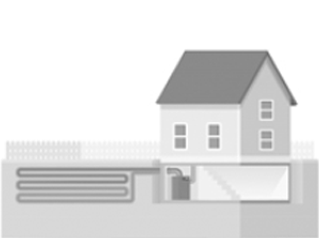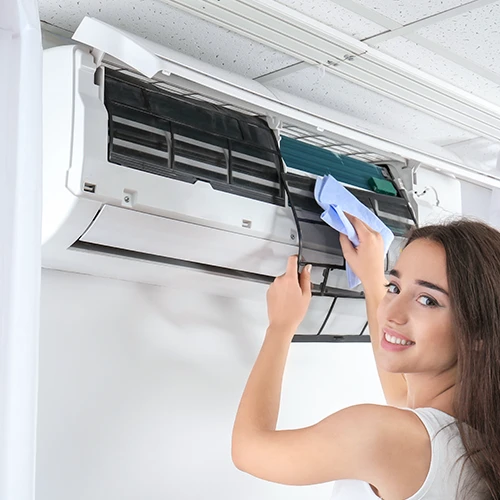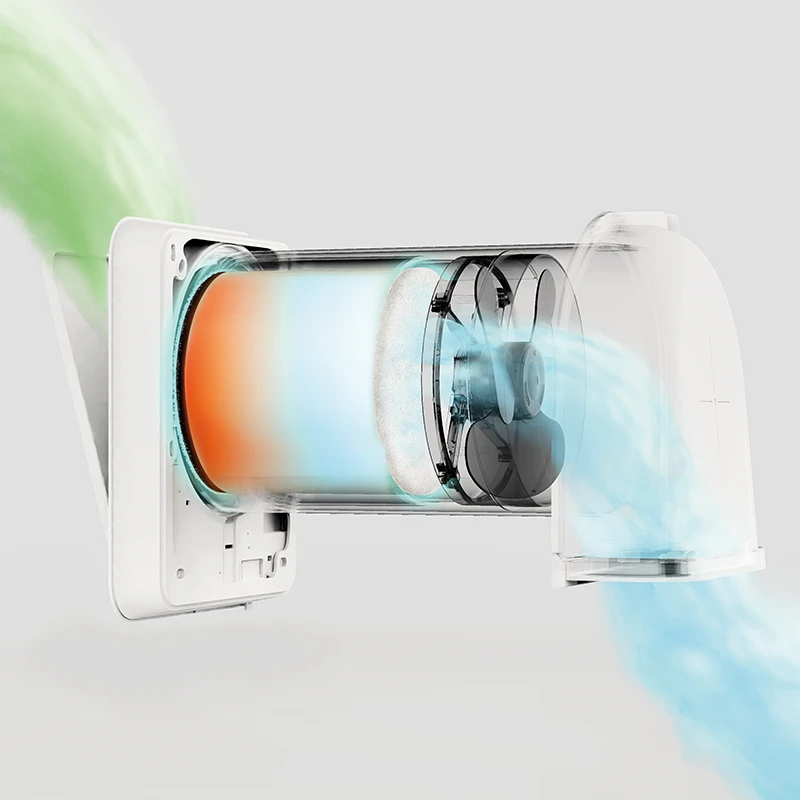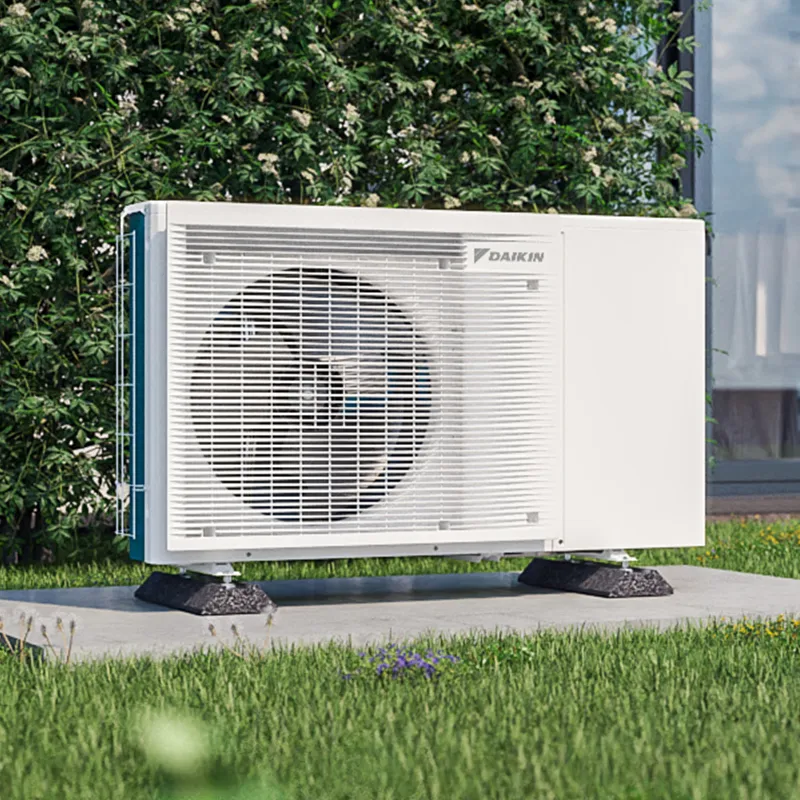Choosing a heat pump, a comprehensive guide to choosing one
Different types of heat pumps work by transferring heat from one medium to another. They use natural heat sources such as air, ground or water and convert them into usable heat for space heating and domestic hot water. There are three main types of heat pumps: air-water, ground-water and water-water. Each of these has its own specific features, advantages and limitations, so choosing the right heat pump can be problematic.
Choosing a heat pump
Choosing a heat pump is a complex process with several key factors to consider. These include the availability of heat sources at your location, the size of the space to be heated, the existing heating system, energy efficiency and, of course, budget. Choosing the right heat pump will ensure optimum system performance and long-term satisfaction with your investment.

Heat pump water water
To operate a water-to-water heat pump, you need access to groundwater, which makes it a slightly more specific solution. This system works by pumping groundwater, extracting its heat and then returning it to the ground.
It achieves very high efficiencies due to the constant groundwater temperature (typically between 8 and 12 °C). Compared to a ground water system, it requires less installation space. Its high efficiency makes it particularly suitable for larger buildings with higher heating requirements.
However, this system also has some limitations. We need an adequate quantity and quality of groundwater, which is not available everywhere. Also, an environmental permit must be obtained before installation, which can prolong the process of designing and installing this type of heat pump.

Ground source water heat pump
A ground-to-water heat pump makes use of the heat stored in the ground. This system is known for its reliability and constant efficiency throughout the year.
The soil temperature remains relatively constant throughout the year, allowing the system to perform at a high and stable level. It can reach temperatures of up to 62 °C, making it ideal for radiator heating. The ground collector has a very long lifetime with minimal maintenance.
Despite these advantages, the installation of a ground source heat pump requires more intervention in the surrounding area. A large enough area is needed to accommodate the ground collector, which can be a challenge on smaller plots.

Heat pump air water
These heat pumps take advantage of the air temperature. No major intervention in the surroundings is required for installation, making it suitable for a wide range of buildings. Compared to other types of heat pumps, the investment in an air-to-water system is usually lower. In addition, it is suitable for both new buildings and renovations of existing heating systems.
In Slovenia, almost 90 % investors are opting for this implementation. However, this type also has some limitations. The efficiency of the system depends on the outside air temperature, which means that on very cold days the efficiency may decrease. Nevertheless, modern air-to-water pumps achieve high efficiencies even at low outside temperatures and are still significantly more efficient than traditional fossil fuel heating systems.
Technical versions of heat pumps
Heat pumps are efficient heating and cooling devices that can be divided into different types. In addition to being classified according to the heat source (air, water, ground), they can also be classified according to their technical design:
Split system
The split system is one of the most popular heat pump designs, distinguished by its two-part design. This system consists of two separate units: an outdoor unit and an indoor unit. The outdoor unit is installed outdoors and plays a key role in capturing heat from the surroundings, most commonly from the air. Meanwhile, the indoor unit, which is installed inside the building, takes on the task of transferring this captured heat to the building's heating system. This design has certain advantages, the most notable of which are flexibility in installation and noise reduction in the interior of the living spaces.
However, the split system is not without its challenges. Its installation can be a bit more complex compared to other designs, as it requires a connection between the outdoor and indoor units, which can be an extra step in installation and a potential maintenance point in the future.
Monoblock system
The monobloc design of the heat pump is characterised by its simplicity and compactness. In this design, all the key elements are combined in a single unit, which is usually installed outside the building. This configuration brings several important advantages, the most notable of which are easier installation and a reduced possibility of refrigerant leakage, which increases the reliability of the system. However, the monoblock design also has its challenges.
Due to its integrity, it can take up more space on site, which should be taken into account when planning. In addition, the unit is fully exposed to the weather outside, which may affect its long-term durability and performance. Nevertheless, the monoblock remains a popular choice for many users due to its simplicity and reliability.
Heat pumps by application
Heat pumps can be divided into several categories depending on their specific application.
Heat pumps for heating
Heat pumps for heating are a specialised solution in the world of heating systems. They are designed with one purpose in mind - to heat rooms efficiently. Their advantage is most noticeable in areas with a temperate climate where the need for cooling is practically non-existent.
Due to their focus on a single function, these heat pumps are usually more efficient at heating compared to multi-function systems. Their specialised design allows all components to be optimised for maximum efficiency in converting energy into heat, resulting in lower operating costs and greater comfort in heated spaces.
Heat pumps for heating and cooling
Heat pumps for heating and cooling are a versatile approach to temperature control in buildings. They are able to adapt to seasonal needs, providing efficient space heating in the colder months and comfortable cooling in the summer. They are particularly appreciated in regions experiencing pronounced temperature fluctuations between seasons, where one system can meet the needs throughout the year.
Although this type of heat pump usually requires a higher initial investment compared to specialised heating or cooling systems, its versatility often justifies the higher price. Users appreciate the flexibility and comfort offered by a year-round temperature control solution, which can also lead to energy and maintenance savings in the long term. At the same time integrating these systems with low-temperature underfloor heating systems or air convectors becomes even more efficient, as this system allows you to heat as well as cool efficiently.
Heat pumps for heating domestic water
Heat pumps for domestic hot water are specialised systems designed to provide hot water for everyday domestic use. These devices focus on efficiently heating water for needs such as showering, dishwashing and other household activities. Their flexibility is reflected in the possibility to operate independently or integrate with other heating systems, allowing adaptation to different needs and existing infrastructures.
Particularly impressive is their compatibility with solar panels, where the combination of these two technologies can lead to extremely high levels of energy efficiency. This synergy allows the free solar energy to be harnessed when available and the heat pump to operate efficiently during periods with less solar irradiation, resulting in significant energy savings and reduced water heating costs throughout the year. Specialised heat pumps for domestic hot water are common in households with small spaces as they can operate independently of the main heating system.
Choosing a heat pump is an important decision that will have a long-term impact on your home comfort and heating costs. Each type of heat pump has its own advantages and limitations, so it is essential to consider the specific characteristics of your location, your existing heating system and your energy needs when making your choice. At the same time, you can also look into additional funding for your heat pump from government subsidies, which can save you a few euros.
Whether you choose an air to water, ground to water or water to water heat pump, you will be taking a step towards more efficient and environmentally friendly heating. It is important to carry out a thorough analysis before making your final decision and to consult an expert who will be able to advise you according to your specific needs and circumstances.
By choosing the right heat pump, you will not only reduce your heating costs, but also help to reduce your home's carbon footprint. It's an investment in the future that will pay off in the long term for both you and the environment.





